Project Management in Manufacturing: Waterfall vs. Agile Approaches
In manufacturing, two project management approaches are widely used: Waterfall and Agile. The choice between these methods depends on whether the work is defined as Traditional or Empirical.
Waterfall Method
Waterfall is a sequential, linear approach best suited for projects with well-defined requirements. This method follows a step-by-step process, delivering value at the end of the project. It is ideal for short-term projects where requirements remain consistent throughout.
Agile Method
Agile is an iterative, adaptive approach for projects with less-defined requirements. It emphasizes continuous improvement and collaboration with stakeholders, delivering a functional product at regular intervals. Agile is ideal for projects where change and flexibility are key, with a focus on customer satisfaction and adaptability.
Waterfall vs. Agile: Which is Best for Manufacturing?
Waterfall is suitable for traditional, Defined work—where outcomes are predictable and repeatable based on clear inputs. For example, manufacturing processes that require strict adherence to predefined steps are perfect for this method. Once the process starts, it runs until completion without the need for major adjustments. This method works best for projects that are short-term and not expected to undergo significant changes during execution.
On the other hand, Agile fits well in Empirical or Knowledge Work, where outcomes rely on observation, experimentation, and adaptation. Agile allows for flexibility and constant collaboration with stakeholders, ensuring that a project can adapt as new insights emerge or requirements change. In modern manufacturing, where innovation and responsiveness to market demands are crucial, Agile is gaining popularity. It allows for regular intervals of product delivery, meaning that even if a project evolves, there is still tangible progress throughout.
Benefits of Waterfall in Manufacturing
- Clear Structure: Waterfall’s linear approach is easier to manage when project details are thoroughly defined upfront.
- Predictability: This method works well in environments where there is little to no change, ensuring smooth execution of predetermined tasks.
- End-Project Delivery: Best for projects that focus on delivering full value at the end, especially when the requirements are unlikely to change.
Benefits of Agile in Manufacturing
- Flexibility: Agile’s iterative approach adapts to changing requirements and is well-suited for projects with evolving needs.
- Continuous Feedback: Regular collaboration with stakeholders ensures that the project stays aligned with customer expectations.
- Faster Delivery: Agile emphasizes frequent delivery of functional components, making it easier to adjust and improve the product at every stage.
Choosing the Right Approach for Your Project
Deciding between Waterfall and Agile depends on the nature of your manufacturing project. If the project is well-defined and predictable, Waterfall offers a structured and straightforward process. However, if your project requires flexibility, adaptation, and ongoing collaboration, Agile is the better choice, allowing for dynamic adjustments throughout the project lifecycle.
How the Digital Foundry Can Help
At the Digital Foundry, we help manufacturers integrate the best project management approaches for their specific needs. Whether your project fits the Waterfall model or needs the flexibility of Agile, our experts provide guidance to optimize project execution. From defining project requirements to facilitating stakeholder collaboration, we ensure you choose the right approach to meet your manufacturing goals.
Contact us today to explore how we can support your manufacturing project management strategies.


